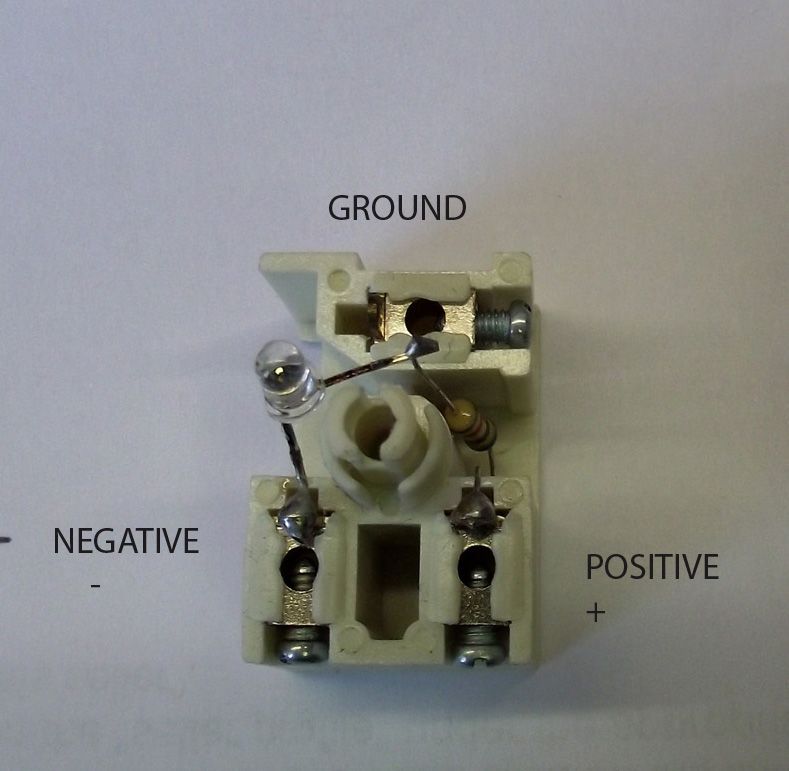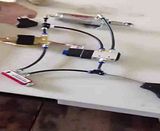Posted: March 22, 2013 at 11:42 AM / IP Logged
Posted: March 22, 2013 at 10:47 PM / IP Logged
Posted: March 22, 2013 at 11:23 PM / IP Logged
Posted: March 23, 2013 at 12:21 AM / IP Logged
Posted: March 23, 2013 at 5:10 PM / IP Logged
Posted: March 23, 2013 at 8:04 PM / IP Logged
Sorry, you can NOT post a reply.
This topic is closed.
 Printable version
Printable version


| You cannot post new topics in this forum You cannot reply to topics in this forum You cannot delete your posts in this forum You cannot edit your posts in this forum You cannot create polls in this forum You cannot vote in polls in this forum |

| Search the12volt.com |
Follow the12volt.com 
Sunday, December 21, 2025 • Copyright © 1999-2025 the12volt.com, All Rights Reserved • Privacy Policy & Use of Cookies


Sunday, December 21, 2025 • Copyright © 1999-2025 the12volt.com, All Rights Reserved • Privacy Policy & Use of Cookies
Disclaimer:
*All information on this site ( the12volt.com ) is provided "as is" without any warranty of any kind, either expressed or implied, including but not limited to fitness for a particular use. Any user assumes the entire risk as to the accuracy and use of this information. Please
verify all wire colors and diagrams before applying any information.






 Also, my dpdt switch has 2 LED's built into it, so no need to wire another one, it keeps getting simpler, I like simple.
Also, my dpdt switch has 2 LED's built into it, so no need to wire another one, it keeps getting simpler, I like simple.

 It wasn't labeled so I just trial and errored it. It clicked at first, now I cant get it to click/activate. But the LED on it still lights up. Whoops.
And yes the LED is not connected to the ground, just from + to -.
A seperate question:
I test wired the switch up to test it out and though that it was odd that when switched up (same as the up in my last diagram) it didnt activate the controller, but did when switched down.
Are they opposite than what common sense would assume? top posts not wired to switch up?
It wasn't labeled so I just trial and errored it. It clicked at first, now I cant get it to click/activate. But the LED on it still lights up. Whoops.
And yes the LED is not connected to the ground, just from + to -.
A seperate question:
I test wired the switch up to test it out and though that it was odd that when switched up (same as the up in my last diagram) it didnt activate the controller, but did when switched down.
Are they opposite than what common sense would assume? top posts not wired to switch up?
